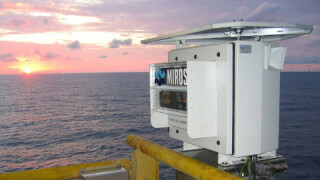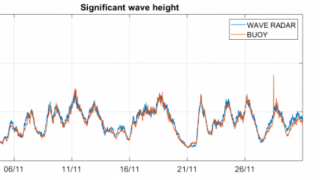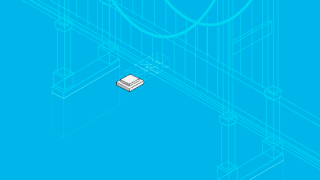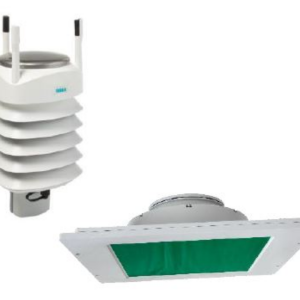
A Mini-Tsunami in the Oslofjord
According to research published in the “Journal of Fluid Mechanics” by the University of Oslo’s John Grue in 2017, Flaskebekk, a small community at the water’s edge, deep within the Oslofjord, regularly experiences so-called “ship-driven mini-tsunamis”. Tsunamis are very long waves that occur when large volumes of water are displaced. This type of wave is typically generated by earthquakes or rock slides. At Flaskebekk, however, the mini-tsunamis seem to be caused by large ships passing areas of the fjord where there are pronounced variations in sea depth.
A Mini-Tsunami in Flaskebekk
According to research published in the “Journal of Fluid Mechanics” by the University of Oslo’s John Grue in 2017, Flaskebekk, a small community at the water’s edge, deep within the Oslofjord, regularly experiences so-called “ship-driven mini-tsunamis”. Tsunamis are very long waves that occur when large volumes of water are displaced. This type of wave is typically generated by earthquakes or rock slides. At Flaskebekk, however, the mini-tsunamis seem to be caused by large ships passing areas of the fjord where there are pronounced variations in sea depth.
The mini-tsunamis at Flaskebekk have a wave height of about 1 m, a wavelength of 0.5-1 km, and a wave period of 30-60 seconds. The highest reported wave height is 1.4 m.
Research suggests that these curious waves are generated near the Ildjernsflu lighthouse, presumably in an area with large variations in sea depth. A long wave that enters shallow water will be shorter and higher. Therefore, particularly strong waves occur when large ships pass at high speed.
What Are We Measuring?
Miros is measuring the height, length and period of the waves at Flaskebekk as well as wind speed, wind direction and a number of other parameters. This is done using a very accurate sensor called WaveWeather.
We hope this contributes to a better understanding of these “mini-tsunamis”, what causes them, and their potential impacts. We are also measuring a number of other environmental parameters such as wind speed, wind direction, precipitation, temperature, humidity and air pressure at Flaskebekk. This is possible using our WaveWeather solution.
You can view the data in real time on the Miros Cloud here.
What is a Tsunami?
Tsunamis are different from most other waves you find on the ocean. In order for a tsunami wave to occur, a large volume displacement of water must occur. This usually happens through earthquakes or landslides near or under the sea. Normally tsunamis are detected and measured by wave buoys. Miros uses different technology to make similar measurements without the need for submerged equipment.
About Miros
Miros is a technology company which specialises in measuring the ocean surface. We provide sensors and systems for environmental monitoring to the global offshore and maritime industry. Miros’ portfolio of sensors provides accurate, real-time data for weather sensitive operations offshore, as well as input to asset integrity systems and coastal monitoring. The primary applications of Miros’ sensors include wave and current measurement and oil spill detection.
Related articles












![Do-Giant-Tortoises-Make-Good-Neighbors-1[1].jpg](https://cdn.geo-matching.com/vRMO2Edp.jpg?w=320&s=a6108b2726133ff723670b57bc54c812)






